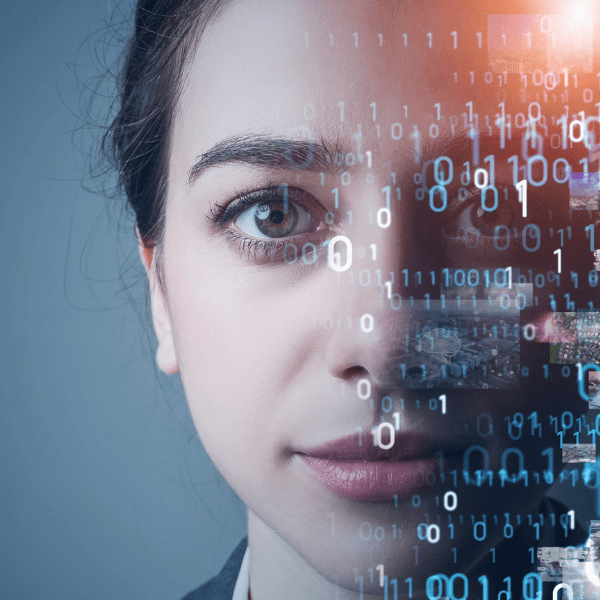AI and Cybersecurity: The Future of Online Defense Mechanisms

As we step further into the digital age, our dependence on technology escalates, and so do the threats related to cybersecurity. Artificial Intelligence (AI) is playing a pivotal role in transforming cybersecurity and revolutionizing online defense mechanisms. This article explores the intricate relationship between AI and cybersecurity, the current trends, and what we can anticipate for the future.
The Symbiosis of AI and Cybersecurity
AI and cybersecurity share a symbiotic relationship. AI, with its ability to swiftly process and analyze vast amounts of data, can identify potential threats and patterns that could be impossible for human analysts. It enables proactive cybersecurity, helping predict, detect, and neutralize threats before they can inflict damage.
On the other hand, the constantly evolving cyber threats necessitate the development of advanced AI technologies. Cybersecurity is the ideal testing ground for AI, pushing its capabilities and refining its decision-making power.
AI’s Role in Reinforcing Cybersecurity
AI enhances cybersecurity through various means. It employs machine learning algorithms and deep learning to detect anomalies and flag irregular behaviors. By learning from past incidents, it can identify patterns in network traffic, recognize malware, and detect phishing attempts.
Moreover, AI can also automate responses to detected threats, thus accelerating incident response times and minimizing potential damages. From simple actions like blocking IP addresses to more complex tasks like patching vulnerabilities, AI significantly bolsters online defense mechanisms.

Current Trends in AI-Driven Cybersecurity
AI-driven cybersecurity is a dynamic field with constantly evolving trends. One such trend is the use of AI for risk assessment. By analyzing past incidents and behaviors, AI can predict potential vulnerabilities and recommend preventative measures.
Another trend is the use of AI in authentication processes. Biometric logins, powered by AI, provide a higher level of security than traditional passwords. Additionally, AI is increasingly being utilized in threat hunting, where it scans for potential threats before they infiltrate the system.
Future of AI in Cybersecurity
The future of AI in cybersecurity is teeming with possibilities. With advancements in quantum computing, we can anticipate AI systems that can process and analyze data at unprecedented speeds, further enhancing threat detection and response times.
AI will also likely play a significant role in developing ‘zero-trust’ architectures, where every request is treated as a potential threat. Such an approach can significantly minimize the attack surface and reduce the likelihood of successful cyberattacks.
Risks and Challenges
While the potential of AI in cybersecurity is immense, it’s crucial to address the risks and challenges associated. As AI systems become more sophisticated, so do the AI-driven cyber threats. Hackers can potentially use AI to launch more advanced and damaging attacks. Balancing the benefits and potential risks of AI in cybersecurity will be an essential task moving forward.
Conclusion
AI and cybersecurity are intertwined in their shared mission of creating a safer digital world. By integrating AI into our cybersecurity strategies, we can expect improved detection capabilities, quicker response times, and more robust online defense mechanisms. However, vigilance is required to mitigate potential risks and challenges. As we move forward, it’s clear that AI will be an essential component in shaping the future of cybersecurity.







